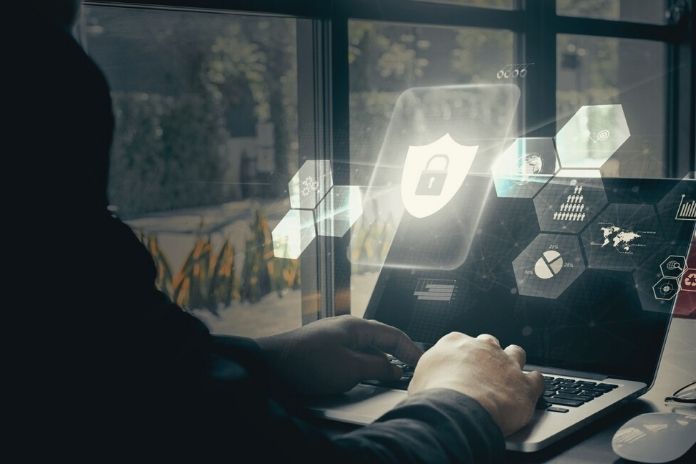While organisations are, to varying degrees, incorporating more flexible elements into the modern work environment, the coronavirus outbreak has suddenly pushed remote work squarely to centre stage. This is a social problem and not just an employer problem. We all share the responsibility.
Therefore, the most responsible thing for employers is to limit the unnecessary exposure of their workers. They must instruct employees to work from home. But to do so, companies require remote work capabilities to implement this policy and ensure remote work security and business continuity.
Security Risks Of Remote Work
Establishing a productive and secure remote work solution is the biggest challenge organisations face today. However, the coronavirus has put a rush to implement a work-from-home policy, which can expose organisations to great risks.
The speed with which the coronavirus has forced companies to act could lead to some compromise on security. As businesses turn to potentially insecure work environments, this is a perfect opportunity for hackers and cybercriminals to step up their attack levels. Advanced methods such as SMS and login screen phishing can target remote work devices and give attackers access to company information.
No business wants to experience a data breach due to the implementation of a poorly prepared work from home policy, nor do they want a situation where their staff is not equipped to do their jobs properly. Therefore, it is essential to ensure the security of remote work.
7-Step Contingency Plan For Safe Remote Work
Create A Remote Work Roadmap
First, the attitude towards remote work within the organisation needs to be assessed, where it currently stands and what needs to be done to enable fully flexible working conditions. Does the company have the necessary infrastructure? Are employees equipped with devices that can access the network remotely? Are these personal or company devices? A map of the current, complete landscape of the company must be available.
Implement Identity And Access Management Solutions
Once you control the devices used to access the corporate network and the capabilities to support remote work, it’s time to implement an identity and access management solution. Verifying user identity with multi-factor authentication and other measures ensures that only the right people have access to business resources at the right time and for the right reason.
Set Remote Restrictions
While inappropriate sites are often blocked when operating through the company firewall, what happens when work devices are used beyond the office LAN perimeter? Measures should be implemented on work devices to prevent unwanted access to certain sites. In addition, it must be ensured that, regardless of where these devices are connected, the restrictions will always be in force.
Test The Environment To Confirm Its Operability
If devices are locked down so severely that security policies prevent feasible work, they will seriously harm the business. Frustrated users are likely to look to free cloud services to bypass the blocks. Accessing company data on unapproved and unsecured third-party sites, a practice known as parallel I.T. is one of the biggest security risks of remote work. Therefore, it is necessary to verify that the remote environment is one hundred percent operational. It can be achieved by conducting employee surveys on how it works.
Communicate The Remote Work Policy To Employees
Regardless of the details of the policy followed, employees must be fully aware of their rights and responsibilities before using a mobile device for work. Mistrust, frustration, and tension will arise if employees only find problems at home by discovering the fine print of company politics.
Users are more likely to agree to privacy commitments or other required measures that must be implemented if they are communicated beforehand. Therefore, it is useful to organise briefings, provide updates on policy changes, and send informative emails to staff well in advance.
Continuously Monitor Threats And Systems To Improve Security And Performance
Real-time monitoring and threat prevention programs, often standard in I.T. infrastructure and software licences, help gather valuable insights into the remote work environment. Therefore, it is recommended to use these monitoring systems to stay alert against possible threats and obtain more information on improving remote performance.
Support Users In Adapting To The New Environment
Employers must be available to help users adjust to a completely new work environment. There will inevitably be some connectivity problems, so the company must ensure a well-trained and equipped I.T. support team to help solve the problems.
Remote workers should be encouraged to take specific breaks in the office. Thus, they are helped in adapting to their new work environment. Consequently, they will be more productive.
Yes, working from home en masse increases the security risks of remote work. However, these tips will help keep business information safe.
ALSO READ: How Artificial Intelligence (AI) Impacts Today’s Jobs

